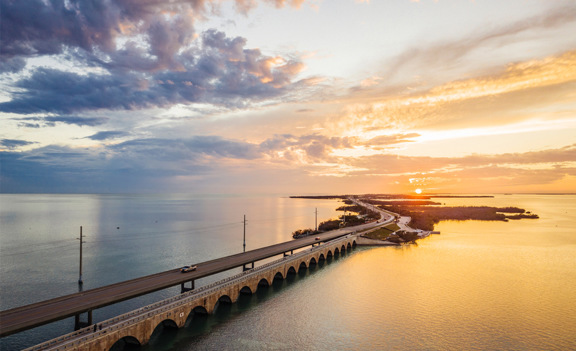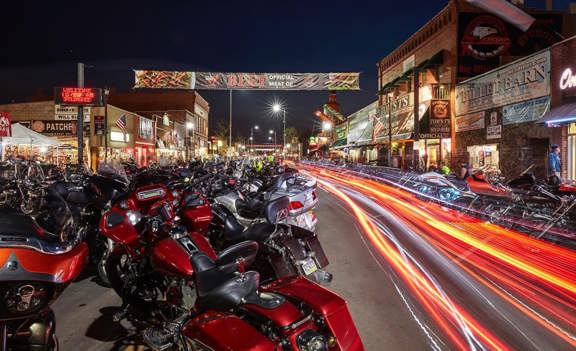
Cross-Country Guide To the Best Places To See the Milky Way
ShareHave you ever found yourself gazing into the night sky, appreciating the vastness of space and our existence in this ginormous, unexplored cosmic totality? For most of us, staring out into the night sky or stargazing is a powerful meditation practice that can enhance our outdoor adventures.
Our home galaxy, the Milky Way, is a sight to behold under a star-filled night. It’s composed of dust, gas, star clusters, and dwarf planets. In this article, we’ll take you through some of the best places to see the Milky Way. We’ll also cover some best practices on making the most out of your Milky Way viewing experience.
Milky Way Facts
Here are some fun facts about our galactic home: most astronomers agree that the Milky Way is around 13.6 billion years old. This means it’s been around for nearly as long as the universe, which is 13.7 billion years old.
If you’re wondering how many stars are in the Milky Way, the answer ranges from anywhere between 100-400 billion. However, this number isn’t fixed, since stars eventually die as supernova explosions.
The Best Places To See the Milky Way
Read our guide to learn more about the best places to see the Milky Way in the U.S.
Yellowstone National Park
Aside from being one of the most historic national parks in the U.S., Yellowstone is also a prime destination for a star-viewing experience. It’s far from population centers, light pollution is minimal, and you can find wide-open spaces to relish the nighttime experience with minimal equipment, such as binoculars.
Grand Canyon National Park
Cooper State’s most visited attraction, the Grand Canyon, is a hotspot for a night sky viewing experience. Not only is the park recognized as an official International Dark Sky Park for its efficient nighttime viewing measures, but there are several locations for a stargazing adventure. These include Cape Royal, Desert View, and Mather Point.
Joshua Tree National Park
At Joshua Tree National Park, you have a few options for where to see the Milky Way. If you want the darkest skies possible, Cottonwood Campground is your best option. Alternatively, if you’re planning on a one-day trip, you can park at a roadside pullout and set up a chair for your viewing pleasure.
Big Bend National Park
If light pollution is your main concern, then Big Bend National Park should be at the top of your list of the best places to see the Milky Way. Out of all the national parks in the lower 48 states, this park receives the least amount of light pollution. You can also enjoy the company of others through programs, such as star parties and moonlight walks.
Cherry Springs State Park
Cherry Springs State Park is a quality selection for several reasons: visitors can see the nucleus of the Milky Way. Most of the surrounding forest is free from light pollution. Finally, the park boasts a public viewing area for visitors who only wish to view the night skies for a few hours. For an overnight stay, consider staying at the Rustic Campground.
Acadia National Park
If we had to pick a prime location in Acadia National Park for a stargazing experience, it would be the top of the nearby Cadillac Mountain. From there, you get unobstructed views of your surrounding region and a star-filled sky with little pollution. For a remote nighttime experience surrounded by waves, consider Sand Beach. Keep in mind that September and October are the best months for clear skies at this park.
Great Basin National Park
Great Basin National Park is also recognized as an International Dark Sky Park. The Mather Overlook is your best option if you’re looking for gorgeous views of the night sky and the surrounding landscape. The Baker Archeological Site is another alternative that provides visitors with solitude and silence on an open horizon.
Now that you know the best places to see the Milky Way, it’s time to learn some best practices.
How To See the Milky Way
Once you have settled on a destination for your viewing experience, make sure to follow these tips for how to see the Milky Way.
- If you live in the northern hemisphere, June and July will be your best options for clear nighttime visibility.
- Regardless of which area you select for your destination, remember, the further away from cities, the less light pollution.
- Make sure you avoid stargazing during a full moon so you can better see the galaxy’s core.
- Check out the forecast beforehand to avoid any weather-related concerns or possible trip delays.
- Consult with online sources such as the Dark Site Finder to find nearby areas with minimal light pollution and clear night skies.
See the Milky Way With an RV Rental
Now that you’ve learned more about the best places to see the Milky Way, it’s time to turn your attention towards transportation.
With a Cruise America RV rental, you will enjoy the comforts of home, savor the journey, and relish the night skies altogether.
Contact Cruise America and make the most out of your Milky Way viewing experience!





